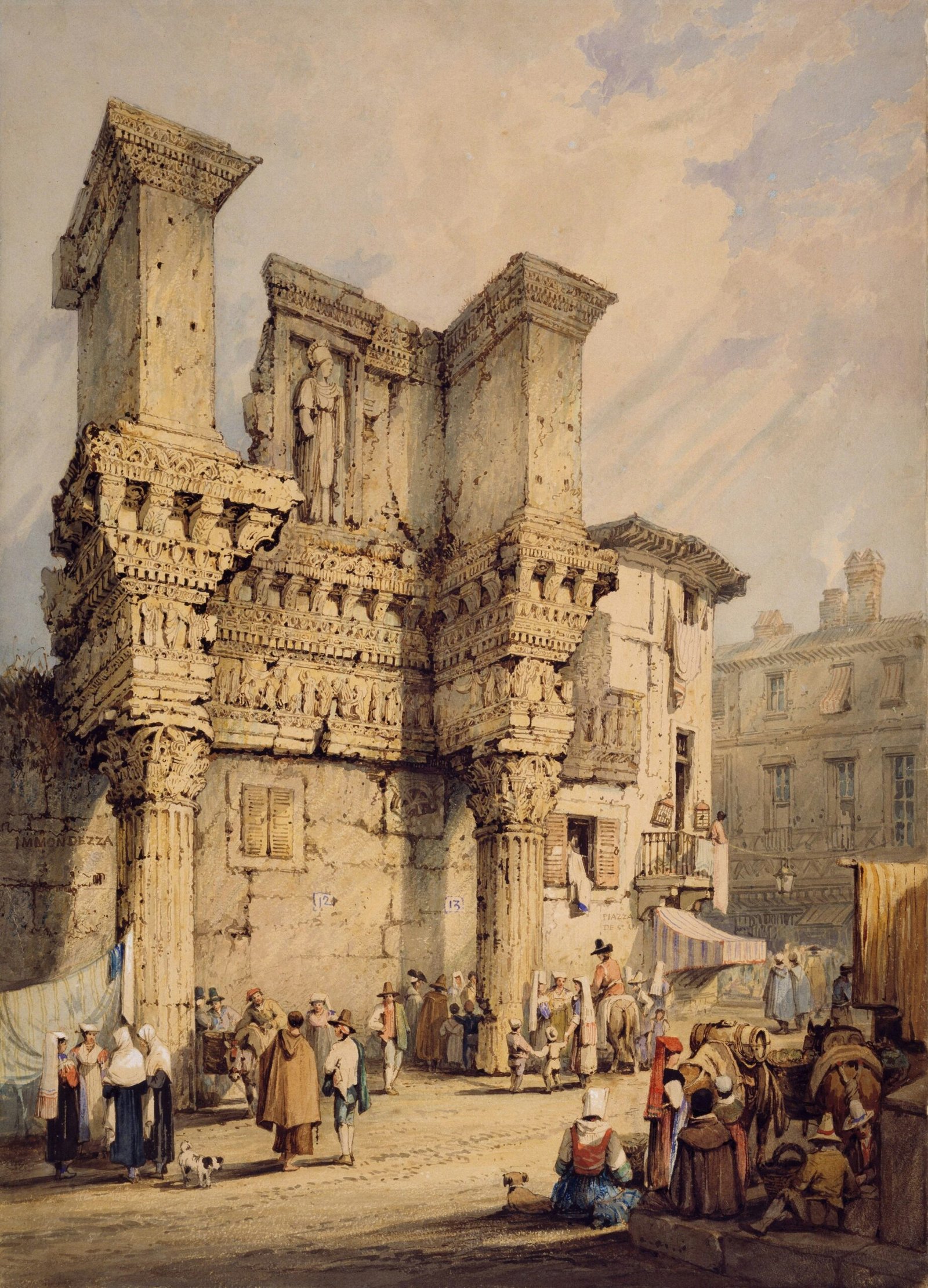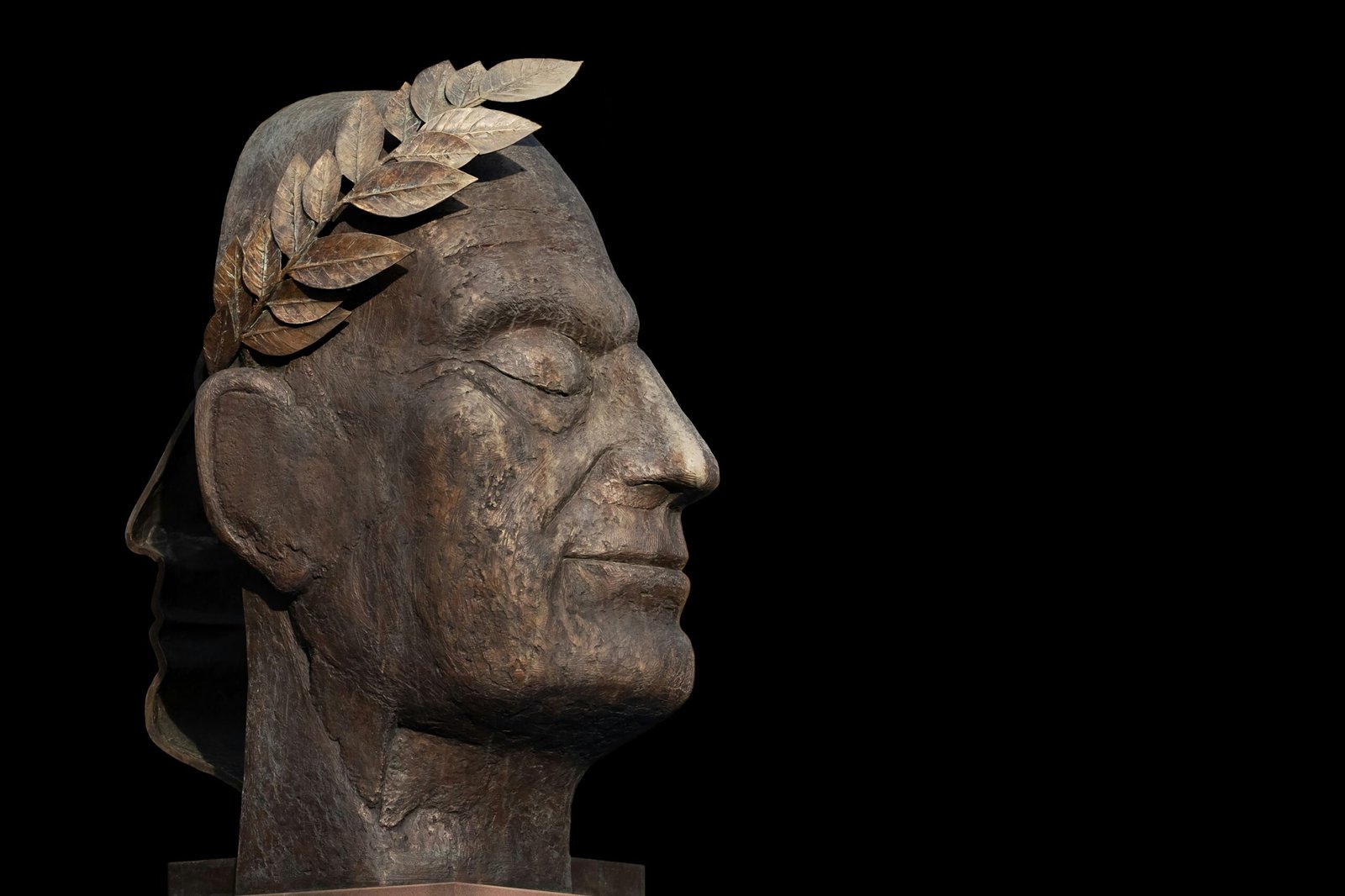Step into the Metropolitan Museum of Art in New York City and prepare to be captivated by the latest addition to its collection. Tucked away in the Belfer Court, a seemingly unassuming wall displays the largest exhibition of ancient Cycladic art ever seen in the city. Featuring 120 figures and vessels made between 5300 B.C. and 2300 B.C., this collection showcases the artistic brilliance of the Cyclades, a group of small islands in the Aegean Sea. The meticulously crafted marble figurines, characterized by their stylized forms and blank faces, exude a quiet and timeless beauty. So take your time to appreciate the delicate artistry and rich history on display, for this is a transformative event not to be missed.

Overview
Introduction to the article topic
Welcome to this article about Cycladic art at the Metropolitan Museum of Art (the Met). In this comprehensive guide, we will explore the background and significance of the Cycladic Art collection at the Met, as well as highlight some of the most remarkable pieces in the collection. We’ll delve into the historical context of Cycladic art, discuss its artistic achievements and sculptural techniques, and examine its influence and legacy. We will also touch upon the curatorial choices and visitor experience at the Met exhibition. By the end, you will have a deeper understanding and appreciation of Cycladic art and its importance in the art world.
Background information about the Met exhibition
The Met is home to an impressive collection of art and artifacts from around the world, and the Cycladic Art collection is no exception. This particular exhibition, titled “Cycladic Art: The Leonard N. Stern Collection on Loan from the Hellenic Republic,” showcases a stunning array of ancient Greek figures and vessels from the Cyclades. These works were made between 5300 B.C. and 2300 B.C., spanning the late Neolithic period to the beginning of the Bronze Age. The exhibition aims to provide visitors with a comprehensive overview of Cycladic art, highlighting its artistic achievements, historical context, and lasting influence.
The Collection
Description of the Cycladic Art collection at the Met
The Cycladic Art collection at the Met is a true treasure trove of ancient Greek art. It features a wide range of sculptures, figurines, and vessels that were created by the inhabitants of the Cyclades, a group of small islands in the Aegean Sea. The collection includes over 161 works, which were meticulously crafted from white chiseled marble. These works offer a unique glimpse into the artistic and cultural traditions of the Cycladic people.
The significance of the collection
The Cycladic Art collection at the Met holds immense significance in the art world. These ancient works provide valuable insights into the artistic achievements and cultural practices of the Cycladic people. The collection not only showcases their mastery of sculptural techniques but also sheds light on their social and religious beliefs. By studying these artifacts, historians, archaeologists, and art enthusiasts gain a deeper understanding of the rich and diverse history of the Cyclades.
The size of the collection
With over 161 works on display, the Cycladic Art collection at the Met is quite extensive. The collection includes a variety of sculptures, figurines, and vessels, each with its own unique characteristics and artistic style. Visitors to the exhibition will be able to explore a wide range of artworks, providing them with a comprehensive overview of Cycladic art and its evolution over time.

Highlights of the Collection
Description of the large marble Cycladic sculptures
One of the highlights of the Cycladic Art collection at the Met is the presence of large marble sculptures. These sculptures, often depicting human figures, are renowned for their serene and minimalist aesthetic. Many of them have been beautifully preserved, showcasing the intricate details and craftsmanship of the Cycladic artists. These sculptures serve as a testament to the artistic mastery and creativity of the Cycladic people.
Analysis of the female figurines and idols
Another noteworthy aspect of the collection is the presence of small, spirited female figurines or idols. These figurines, averaging around 16 inches in height, are a distinctive feature of Cycladic art. They are characterized by their stylized forms, folded arms, and blank faces with little wedge-shaped noses. The female figurines exude an understated sensuousness and reverberating stillness, capturing the essence of Cycladic artistic expression.
Discussion of the stand-alone heads without bodies
Within the collection, there are also several stand-alone heads without bodies, reminiscent of the giant heads of Easter Island. These miniature versions exhibit the same level of craftsmanship and attention to detail as the larger sculptures. The presence of these stand-alone heads adds another layer of intrigue and mystery to the Cycladic Art collection, inviting visitors to contemplate the purpose and symbolism behind these enigmatic works.
Overview of the vessels in the collection
In addition to sculptures and figurines, the Cycladic Art collection at the Met also features a variety of vessels, including vases, bowls, plates, and palettes. These vessels serve as important artifacts that shed light on the daily life and cultural practices of the Cycladic people. The vessels vary in size, shape, and decoration, providing a diverse representation of the craftsmanship and artistic techniques employed by the Cycladic artisans.
Historical Context
The Cyclades during the late Neolithic period
During the late Neolithic period, the Cyclades thrived as a hub of artistic and cultural activity. The islands were home to a sophisticated society that excelled in various aspects of life, including commerce, agriculture, and art. The artistic traditions that emerged during this period laid the foundation for the vibrant and iconic art of the Cyclades that we know today.
The transition to the Bronze Age
The transition from the late Neolithic period to the Bronze Age marked a significant shift in the cultural landscape of the Cyclades. This period, known as Early Cycladic I and II, witnessed the emergence of more complex social structures and the development of advanced artistic techniques. It was during this time that the Cycladic people produced some of their most remarkable and enduring works of art.
The significance of Early Cycladic I and II
Early Cycladic I and II were pivotal periods in the development of Cycladic art. The artistic achievements of this time laid the groundwork for future artistic traditions and became a source of inspiration for subsequent civilizations. The distinctive style and aesthetic sensibilities showcased in Early Cycladic art continue to captivate and influence artists and art enthusiasts to this day.

Artistic Achievements
Discussion of the artistic achievements of the Cycladic figures
The Cycladic figures are renowned for their artistic achievements and mastery of form. These sculptures and figurines exhibit a remarkable level of attention to detail and precision, despite their relatively small size. The Cycladic artists skillfully conveyed the human form through simplified and abstracted representations, emphasizing the essential elements of the body. This artistic ingenuity and ability to capture the essence of humanity set the Cycladic figures apart and contribute to their enduring appeal.
Comparison to other ancient artistic traditions
When compared to other ancient artistic traditions, Cycladic art stands out for its unique style and aesthetic sensibilities. While influenced by neighboring civilizations, the Cycladic artists developed a distinctive artistic language characterized by simplicity, minimalism, and a focus on geometric forms. This artistic approach sets Cycladic art apart and contributes to its timeless appeal and ability to resonate with contemporary audiences.
Sculptural Techniques
Analysis of the techniques used to create the Cycladic figures
The creation of the Cycladic figures required a combination of technical skill and artistic vision. The artists employed a variety of sculptural techniques to bring their creations to life. These techniques included carving, polishing, and detailing the marble to achieve the desired form and texture. The artists also utilized tools such as chisels, hammers, and drills to shape the marble and bring out the intricate details of the figures.
Materials used in the creation of the sculptures
The primary material used in the creation of Cycladic sculptures is marble. Marble was chosen for its durability, versatility, and aesthetic appeal. The artists carefully selected the marble, considering its color, texture, and grain, to enhance the overall visual impact of the sculptures. The use of marble as a medium allowed the Cycladic artists to create timeless and enduring works of art that have captivated audiences for centuries.
Influence and Legacy
Discussion of the influence of Cycladic art on later artistic movements
Cycladic art has had a significant influence on later artistic movements and continues to inspire contemporary artists. The simplicity, elegance, and abstraction of Cycladic figures have served as a source of inspiration for modern and contemporary artists looking to explore new ways of representing the human form. The Cycladic aesthetic has also influenced the development of minimalist and abstract art movements, leaving a lasting legacy in the art world.
Examination of the legacy of Cycladic art in contemporary art
Cycladic art continues to resonate with contemporary artists and art enthusiasts. The timeless appeal and universal themes explored in Cycladic art make it a valuable source of inspiration for artists working today. Contemporary artists often draw from the Cycladic aesthetic to create works that reflect the complexities of the human experience. This ongoing connection between Cycladic art and contemporary art demonstrates the enduring impact and relevance of the Cycladic artistic tradition.
Curatorial Choices
Explanation of the curatorial decisions for the display of the collection
The curatorial decisions for the display of the Cycladic Art collection at the Met were made with careful consideration of the artworks themselves and the museum’s mission. The curators aimed to create an immersive and informative experience for visitors, showcasing the breadth and depth of the collection while providing contextual information. The layout and arrangement of the artworks were designed to enhance the visitor’s understanding and appreciation of Cycladic art.
Considerations in the arrangement and organization of the exhibition
In organizing the exhibition, the curators took into account various factors, such as the chronology of the artworks, their thematic connections, and the overall visual impact. The arrangement of the exhibition allows visitors to follow a cohesive narrative and explore different aspects of Cycladic art. Additionally, the curators incorporated interactive elements and educational resources to engage visitors and encourage a deeper exploration of the collection.
Visitor Experience
Description of the visitor experience of the Met exhibition
Visiting the Cycladic Art exhibition at the Met is a captivating and enriching experience. As you enter the exhibition space, you will be greeted by the stunning display of sculptures, figurines, and vessels. The carefully curated arrangement allows for a seamless flow of exploration, as you discover the intricacies of each artwork and engage with the historical and cultural context they represent. The exhibition is designed to provide a multi-sensory experience, encouraging visitors to immerse themselves in the world of Cycladic art.
Impact on the understanding and appreciation of Cycladic art
The exhibition at the Met plays a crucial role in shaping the understanding and appreciation of Cycladic art. By providing visitors with a comprehensive overview of the collection, contextual information, and interactive elements, the exhibition enhances the visitor’s understanding of the significance and artistic achievements of Cycladic art. It also fosters a deeper appreciation for the craftsmanship and cultural contributions of the Cycladic people, establishing a connection between the past and the present.
Conclusion
Summary of the article’s main points and reflections on the significance of Cycladic art at the Met
In conclusion, the Cycladic Art collection at the Metropolitan Museum of Art offers a captivating journey into the artistic and cultural legacy of the Cycladic people. The collection’s extensive range of sculptures, figurines, and vessels showcases the artistic achievements and mastery of form that the Cycladic artists achieved. Cycladic art has had a lasting influence on later artistic movements and continues to inspire contemporary artists today. The curatorial choices and visitor experience at the Met exhibition further enhance our understanding and appreciation of Cycladic art, ensuring its significance is recognized and celebrated. The exhibition serves as a testament to the enduring power of art and its ability to transcend time and culture.








